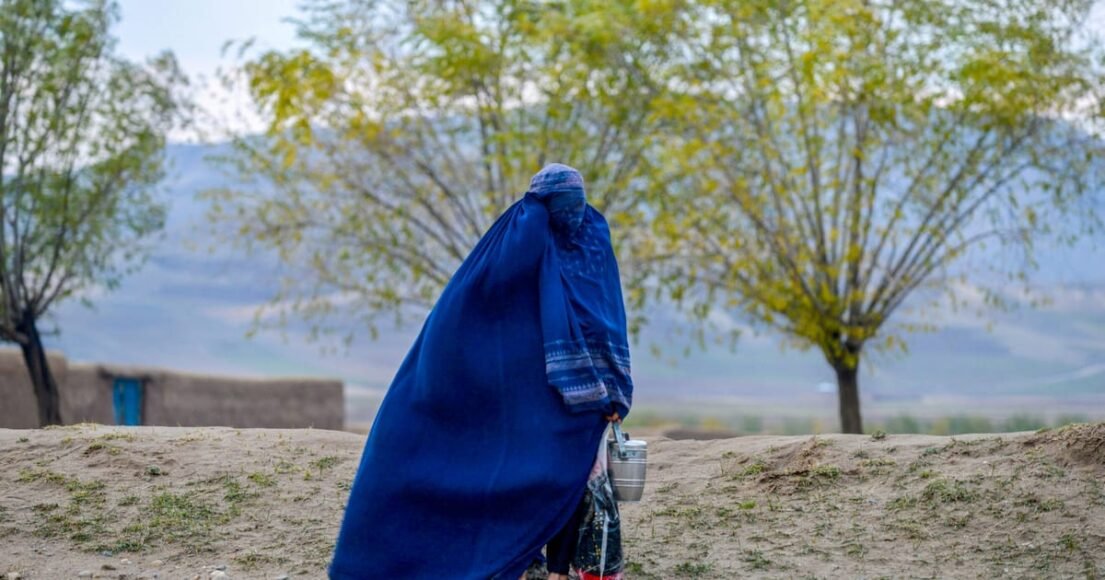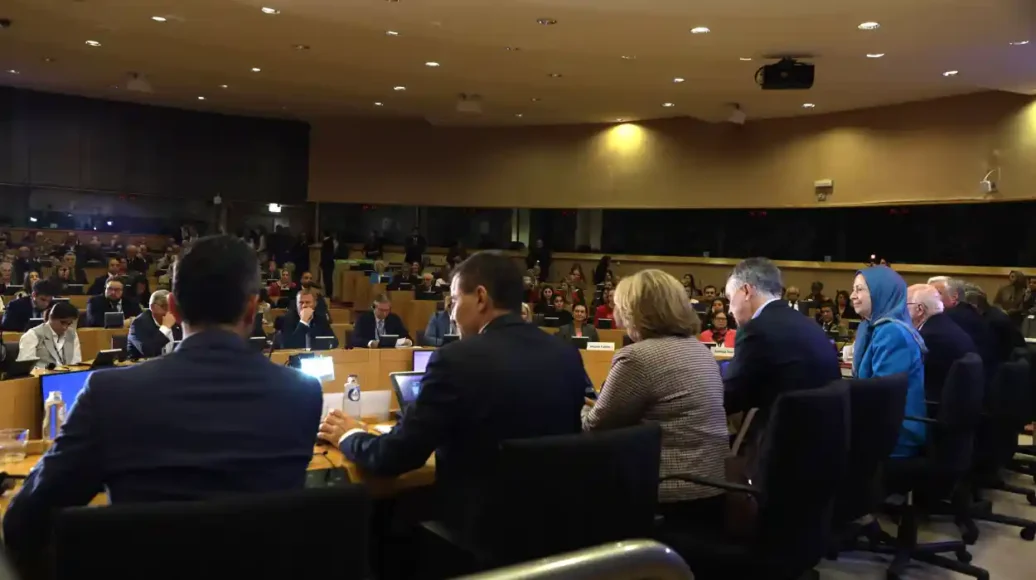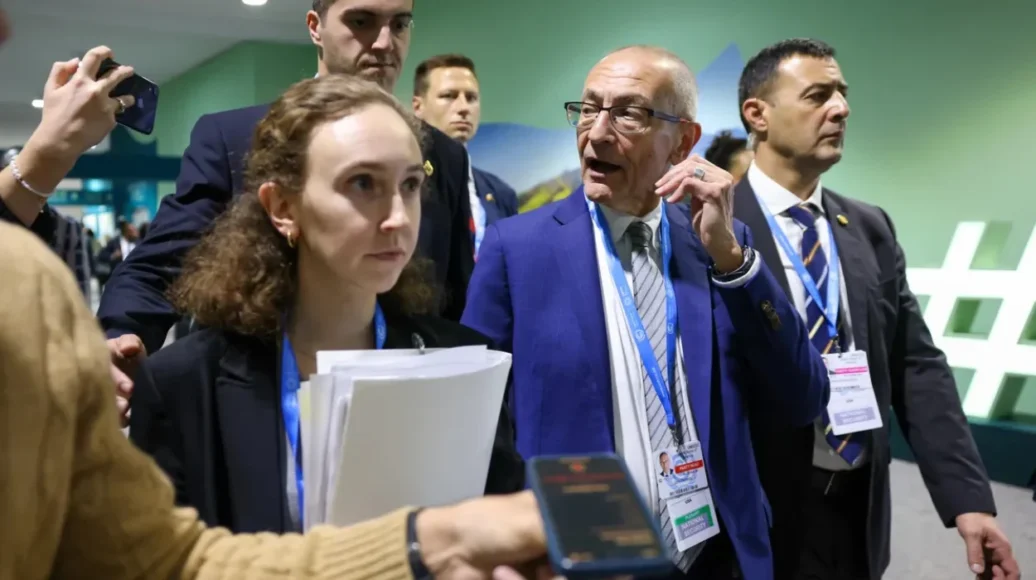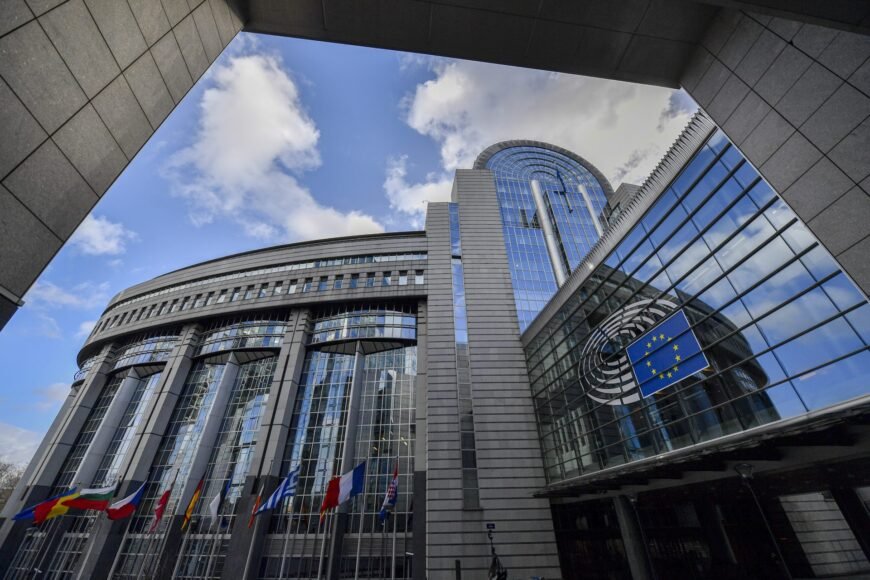Afterward, wealthier nations reached an agreement to increase their financial commitment beyond the original proposed $250 billion floated by the summit’s hosts on Friday.
However, an offer of at least $300 billion falls significantly short of the funding needed by poorer and more vulnerable nations to cope with worsening climate impacts, such as rising sea levels, more severe storms, droughts, and floods. Analysts have repeatedly highlighted the necessity of trillions of dollars to address these challenges. While other funding mechanisms — like private sector investments and carbon credit trading, whose rules were finalized on Saturday — could help bridge the gap, representatives from nations such as Malawi, the Marshall Islands, and the Maldives criticized the amount as grossly inadequate for their needs.
The financial agreement also carries considerable uncertainty regarding how much each wealthy nation will contribute. This concern is amplified by the incoming administration of U.S. President-elect Donald Trump, who has dismissed climate change as a hoax. Given this uncertainty, the European Union — already the largest donor — is bracing for an increased financial burden as the U.S. presumably reduces its involvement.
The deal aligns with expectations outlined in a recent U.N. report, which assessed the level of public financing needed to assist climate-vulnerable countries and support the transition to clean industries. The agreement also reflects the $200 billion to $300 billion annual funding range previously considered by EU governments, as POLITICO reported earlier this week.
Leading up to the negotiations, the U.S. and EU exerted pressure on China and other affluent nations classified as “developing countries” to join as financial contributors. The resultant deal allows developing countries, including China, to make voluntary contributions. This ambiguity enables both sides to frame the agreement as a diplomatic success.













Leave a Reply